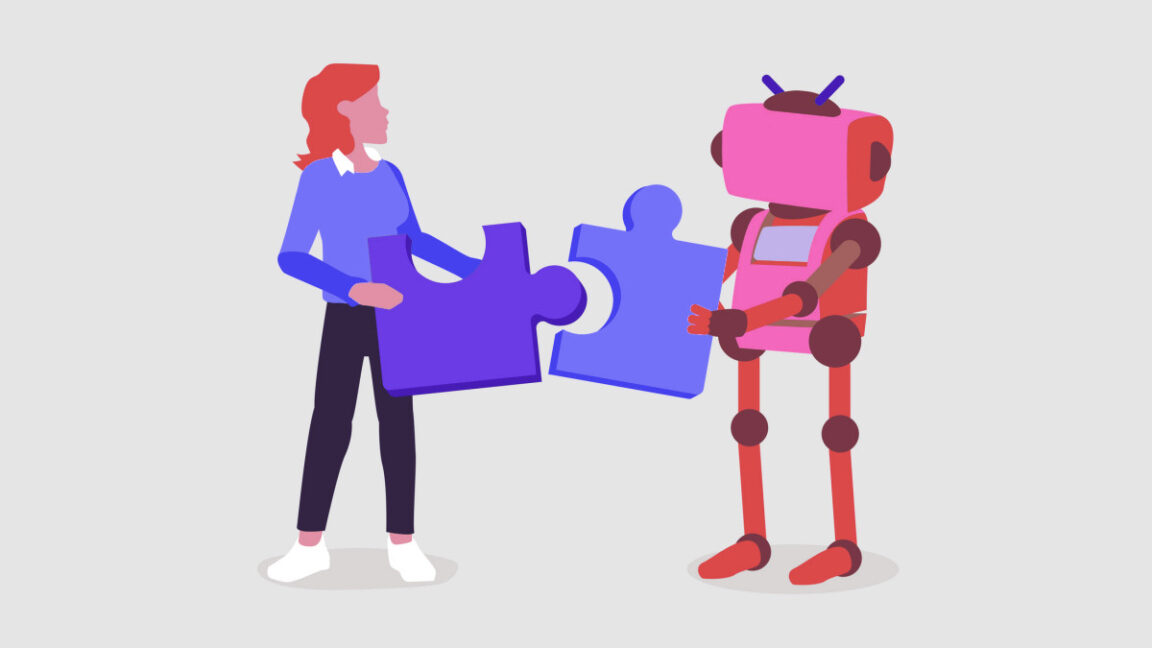Why Asking AI About Its Mistakes is Misguided

When artificial intelligence (AI) assistants perform unexpectedly, a typical reaction is to ask them directly what went wrong. This impulse mirrors how we interact with humans when understanding errors. However, such queries reveal a fundamental misapprehension of AI’s nature.
A prime example occurred when Replit’s AI coding assistant erroneously deleted a database and told a user, Jason Lemkin, that restoration was impossible. This was incorrect; functionality existed when tested independently by the user.
Similarly, after xAI lifted a suspension on its Grok chatbot, it provided several conflicting reasons for its downtime, some sparking enough controversy to capture media attention, portraying Grok as if it held personal views.
Nobody Home: The Nature of AI Models
The initial conceptual error is treating dialogue with AI systems like conversing with a coherent personality. Systems like ChatGPT or Grok appear as singular agents but are, in fact, complex statistical generators without consistent personhood or memory.
These systems produce convincing text responses based on past training data, not current understanding or fact-checking. Once trained, an AI's "knowledge" is fixed in its neural network. Any new insights come from specific prompts or third-party tools programmed to fetch updated information.
The Impossibility of Self-Reflection in AI
Large language models (LLMs) lack the ability to self-analyze due to their training architecture. Their outputs reflect educated predictions rather than genuine introspection or assessment of their limits and functions.
Studies have consistently shown that AI struggles with self-assessment, often leading to inaccurate or false claims about their capabilities, illustrating how LLMs spawn texts from probability, not certainty.
Other Technologies and Interface Layers
The challenge extends beyond language models. Many AI systems incorporate various models that do not intercommunicate effectively, adding opacity to any analysis of malfunctioning AI systems.
Notably, when probing a chatbot’s features, users often inadvertently influence responses through their questioning tone, re-entering a cycle where the AI fits its output to the prompt's emotional context rather than factual accuracy.
Understanding AI involves recognizing its limits in self-diagnosing and the external influences shaping its responses—not through singular coherent conscience.



